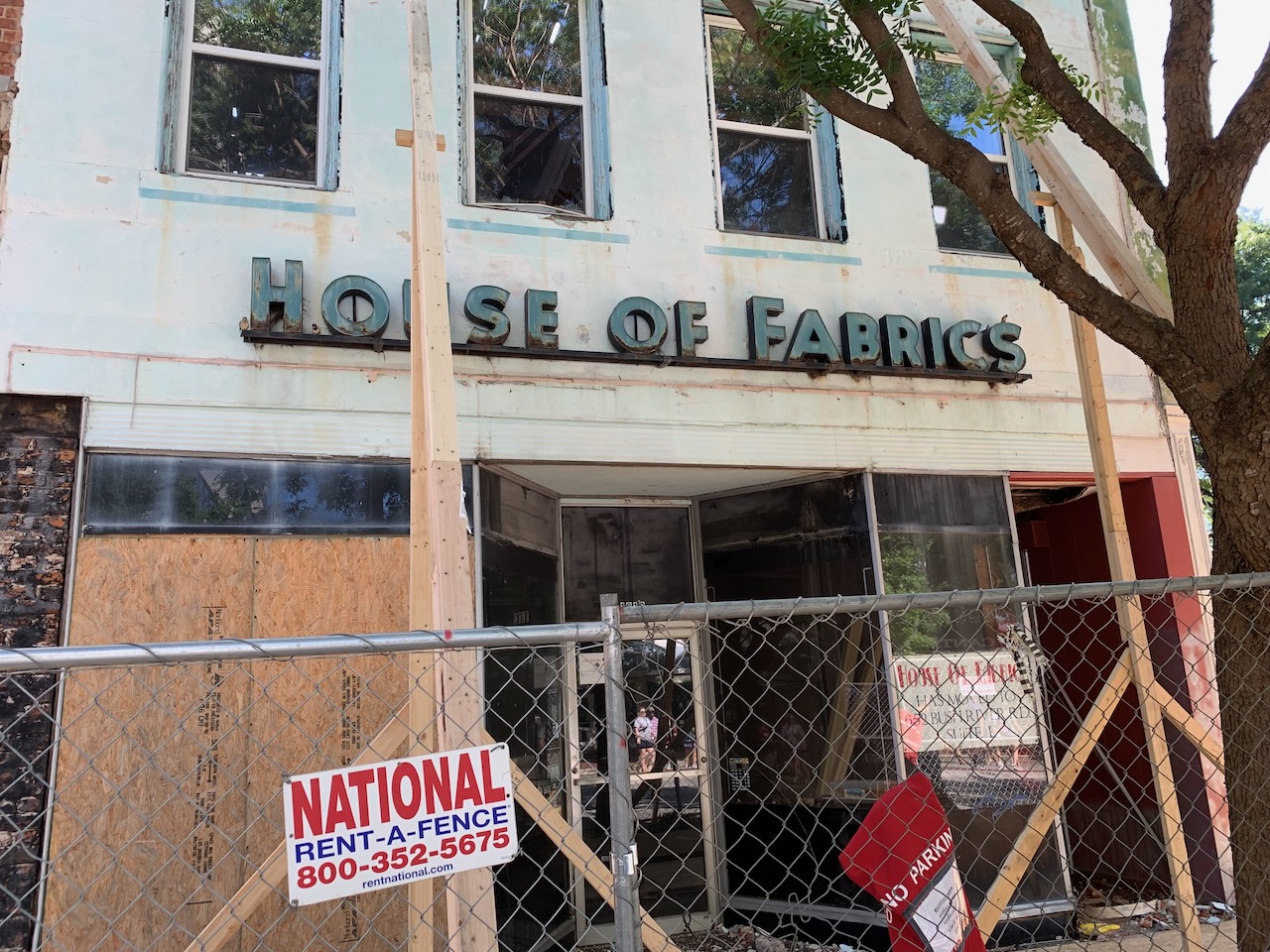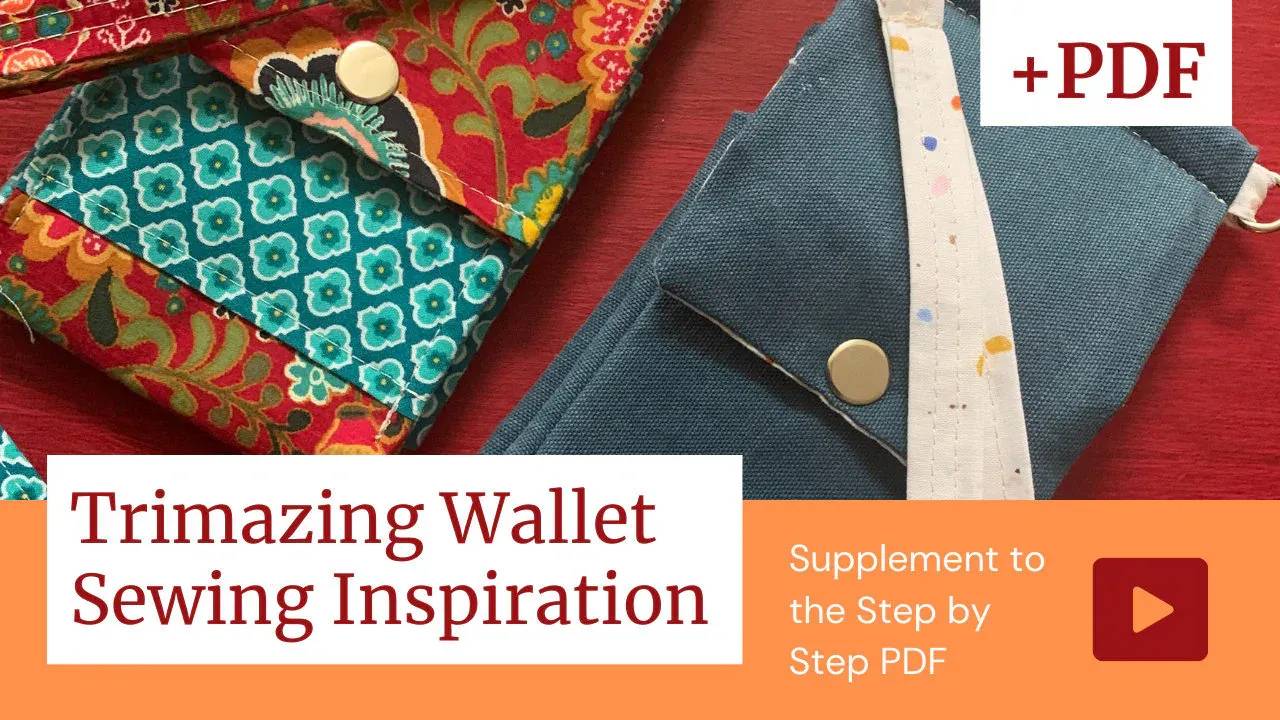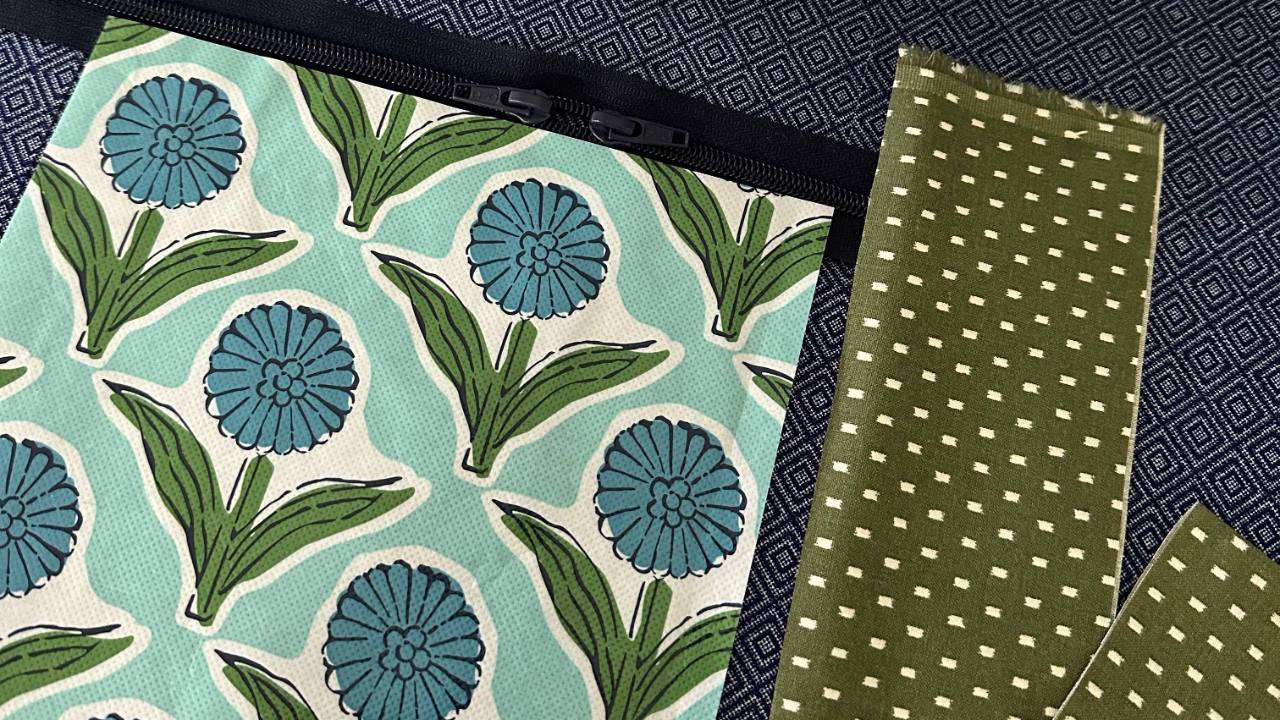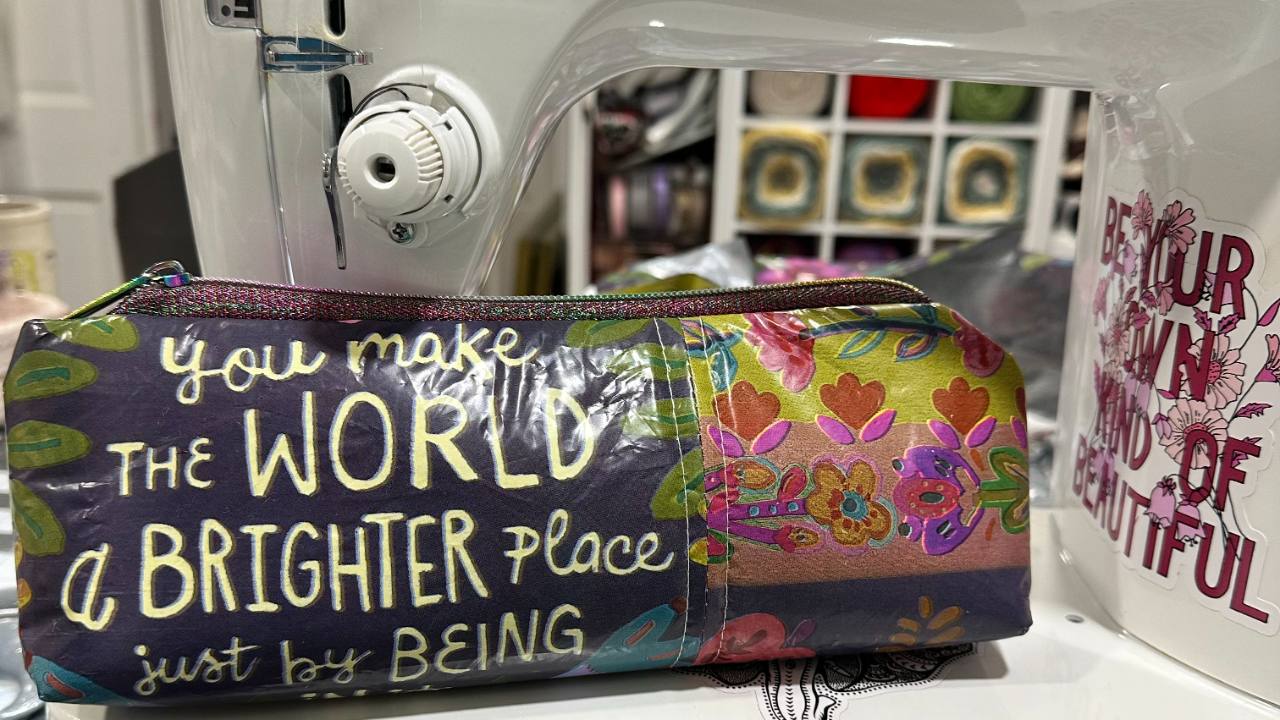The Looming Cost of Creativity: Tarrifs, Retail Shifts, and the Future of Sewing

The Looming Cost of Creativity
Yesterday, during a visit to my local Michaels store in Gainesville, Virginia, I overheard a stark conversation between the store manager and an employee. They were discussing the staggering task of implementing approximately 30,000 price changes by Friday – a direct consequence, as I understood it, of recently enacted tariffs. This overheard exchange sparked my curiosity and concern about the broader implications for craft enthusiasts and the retail landscape.
Seeking to delve deeper into this issue and initiate a conversation, I prompted Google Gemini to generate an article exploring the potential price increases due to tariffs, the recent closure of Joann Fabric, and the resulting impact on sewing and sustainability. I have since reviewed and refined the generated text for accuracy and clarity.
What follows is presented as a starting point for discussion – an exploration of how these economic shifts and retail changes might reshape the world of crafting as we know it.
Tariffs Threaten to Inflate Craft Supply Prices
The world of craft is facing a significant shake-up. A confluence of factors, including newly implemented tariffs on imported goods and the recent bankruptcy of major retailer Joann Fabric, are poised to reshape the landscape for both consumers and small businesses in the creative sector. These changes will likely lead to increased prices at craft stores like Michaels, create a void in the accessibility of sewing supplies, and necessitate a re-evaluation of sustainability within the crafting community.
Recent trade policies, including increased tariffs on goods from various countries, are set to have a direct impact on the cost of craft supplies. Tariffs, essentially taxes on imported goods, increase the price for retailers who source their materials and products from overseas. These added costs are often passed down to consumers, resulting in higher prices on store shelves.
For retailers like Michaels and Hobby Lobby, which carry a wide array of imported craft goods, these tariffs could translate to noticeable price increases across various product categories, from yarn and beads to art supplies and fabric. While some retailers might absorb a portion of these costs, the likelihood is that crafters will see their project budgets stretched further.
Recent reports from craft enthusiasts indicate that price hikes are already being observed at Michaels, with some items seeing increases of up to 30% overnight. Employees have cited tariffs as a contributing factor, although the immediate impact on in-store stock might be debated. Regardless, the increased cost for new shipments will inevitably influence future pricing.
Small, independent craft businesses and artisans who rely on imported specialty materials will also face significant challenges. These businesses often have less financial flexibility to absorb increased costs and may be forced to raise their prices or seek alternative, potentially lower-quality, supplies to remain competitive.
Joann's Demise: A Blow to Sewing Accessibility
The recent bankruptcy and subsequent closure of all Joann Fabric stores nationwide marks a significant turning point for the sewing community. For decades, Joann has been a primary source for fabrics, notions, patterns, and other sewing essentials, providing accessibility and affordability for beginners and experienced sewists alike.
The closure leaves a considerable void, particularly in areas where Joann was the only major fabric retailer. This loss impacts not only individual crafters but also educational institutions, theater groups, and small businesses that rely on readily available and affordable sewing supplies.
The convenience of being able to walk into a store to feel fabrics, compare colors, and seek advice from knowledgeable staff is now largely lost. While online retailers exist, the tactile experience of fabric shopping and the immediacy of purchasing needed supplies for a project are difficult to replicate.
Sewing and Sustainability in a Post-Joann World
The closure of Joann and the potential for higher prices due to tariffs could inadvertently push the sewing community towards more sustainable practices. With fewer readily accessible and affordable options for new materials, sewists may increasingly turn to:
- Upcycling and repurposing: Giving new life to old clothes, linens, and other textiles reduces waste and the need for new resources.
- Thrifting and secondhand shopping: Sourcing fabrics, patterns, and even finished garments from thrift stores and vintage shops offers a cost-effective and environmentally friendly alternative.
- Supporting local and independent fabric stores: These smaller businesses often carry unique and higher-quality materials and can offer more personalized service. While potentially pricier than big-box stores, they contribute to the local economy and may prioritize sustainable sourcing.
- Fabric swaps and community sharing: Connecting with other sewists to exchange fabric scraps, patterns, and tools can foster a sense of community and reduce individual consumption.
- Investing in quality over quantity: With potentially higher prices, sewists might choose to invest in better quality fabrics and notions that will last longer, rather than opting for cheaper, fast-fashion alternatives.
- Mending and repairing: The skills of sewing become even more valuable in extending the lifespan of existing clothing and household items, directly combating the culture of disposable fashion.
While all of this may appear to be disruptive, what if it could serve as a catalyst for a more mindful and sustainable approach to sewing and crafting? Perhaps it may encourage a return to traditional skills of mending and upcycling, a greater appreciation for the value of materials, and a stronger sense of community within the crafting world.
The Future Landscape
The future of craft retail will likely involve a recalibration. Michaels and other remaining large retailers will need to navigate the complexities of tariffs and supply chain disruptions while adapting to a market where a major competitor is absent. Small, independent craft stores may see an opportunity to fill the void left by Joann, emphasizing unique offerings, quality materials, and a more personalized shopping experience.
Online marketplaces will continue to play a significant role, offering a wide variety of supplies, but the lack of tactile interaction with materials remains a challenge. The sewing community, in particular, will need to adapt by exploring new sourcing methods, embracing sustainable practices, and potentially fostering stronger local and online networks, like Sewspire Studio 365.
Ultimately, while the immediate future may bring higher prices and fewer convenient options, these challenges could pave the way for a more resilient, resourceful, and environmentally conscious crafting community. The love for creating will likely endure, finding new paths in a reshaped retail landscape.
I welcome your opinions and suggestions and encourage you to comment below on how (if at all) you anticipate being impacted by the tarrifs or shifts.
Until next week, sew happy and be well!
Andrea





Responses